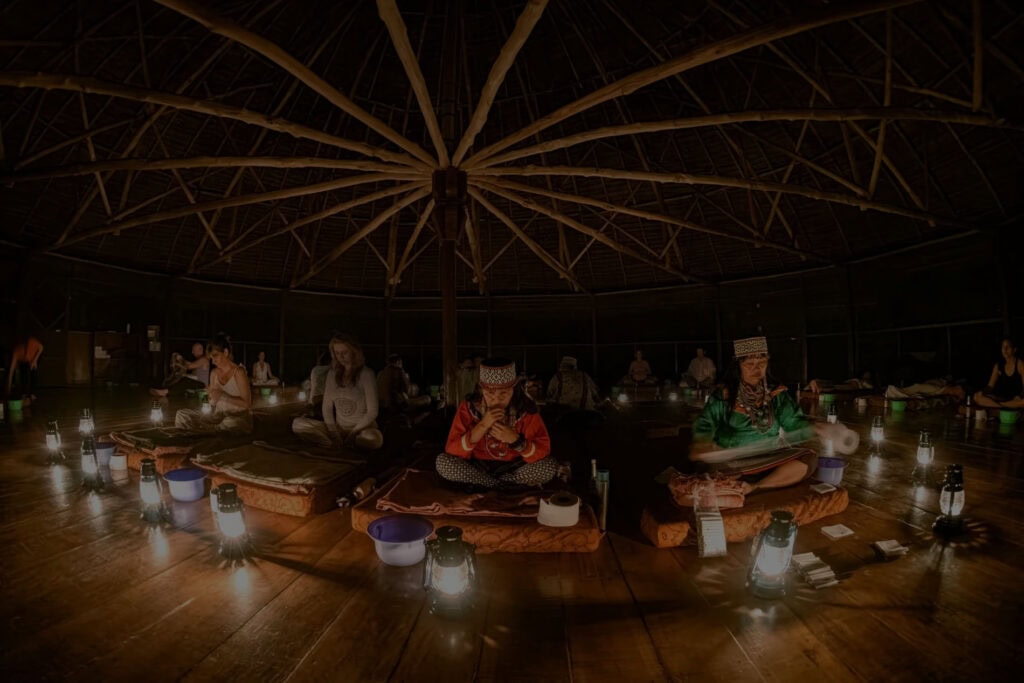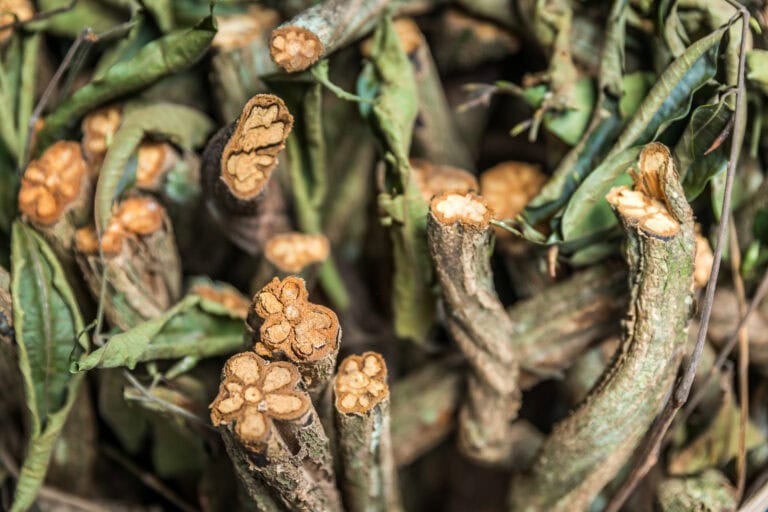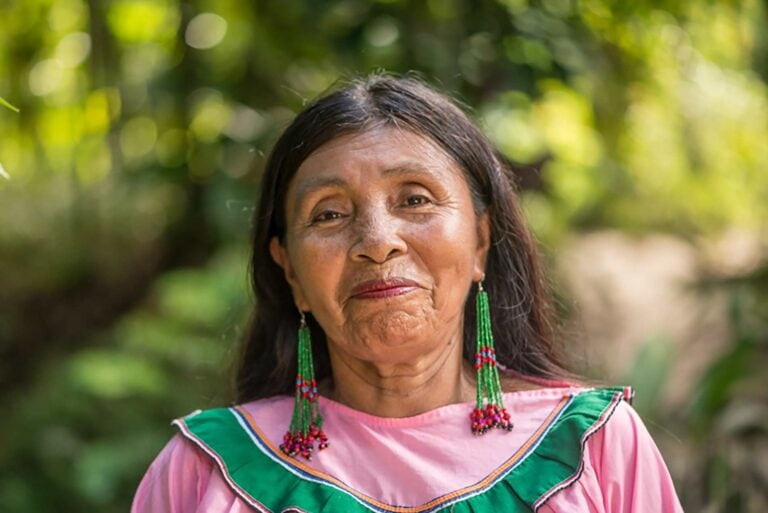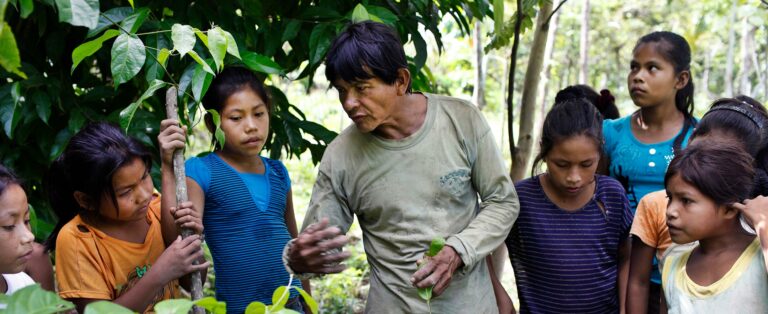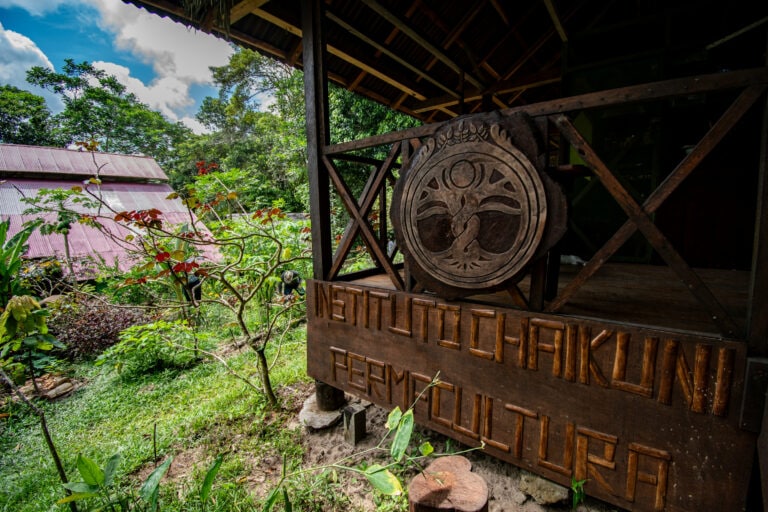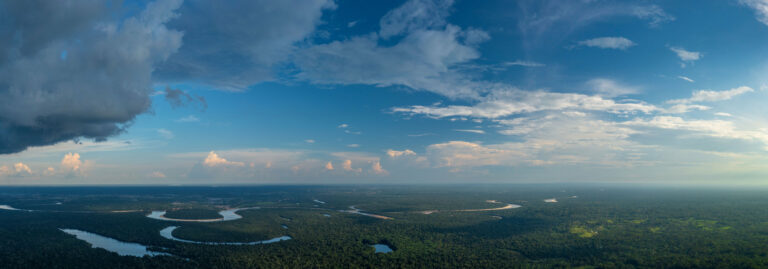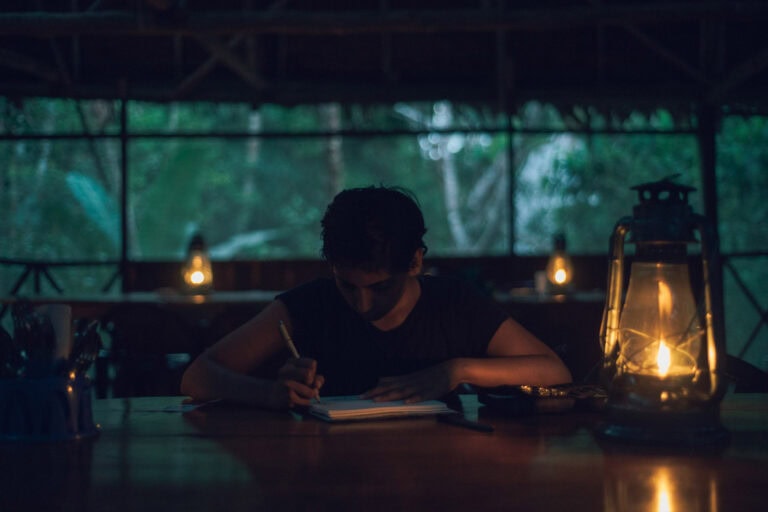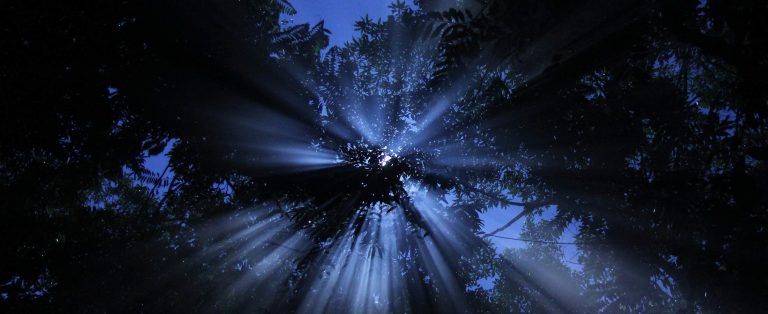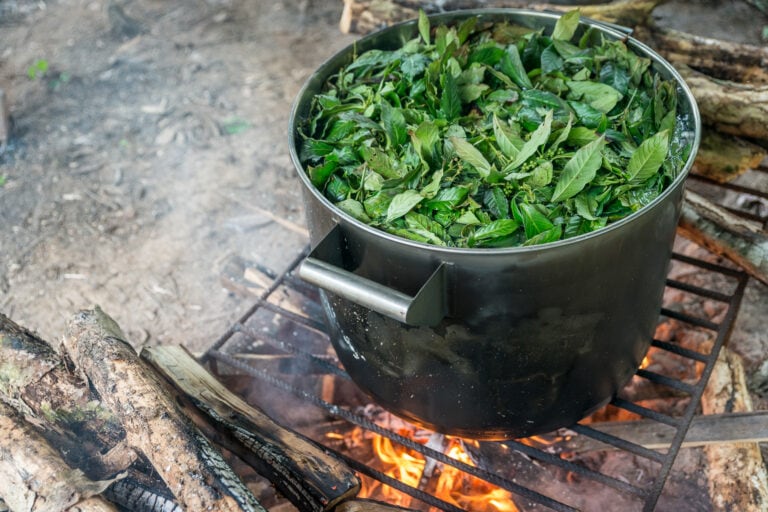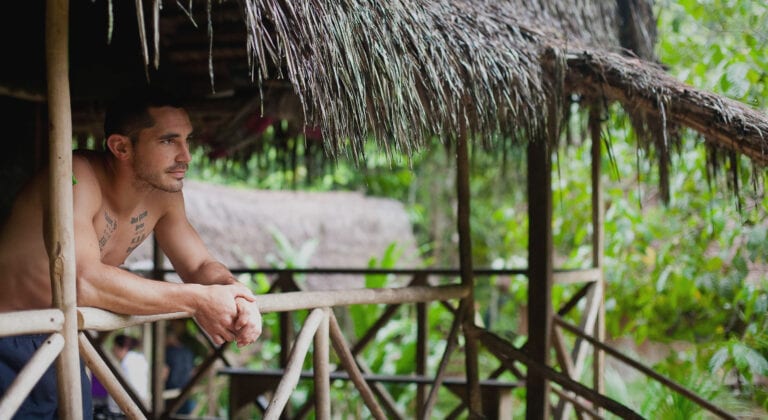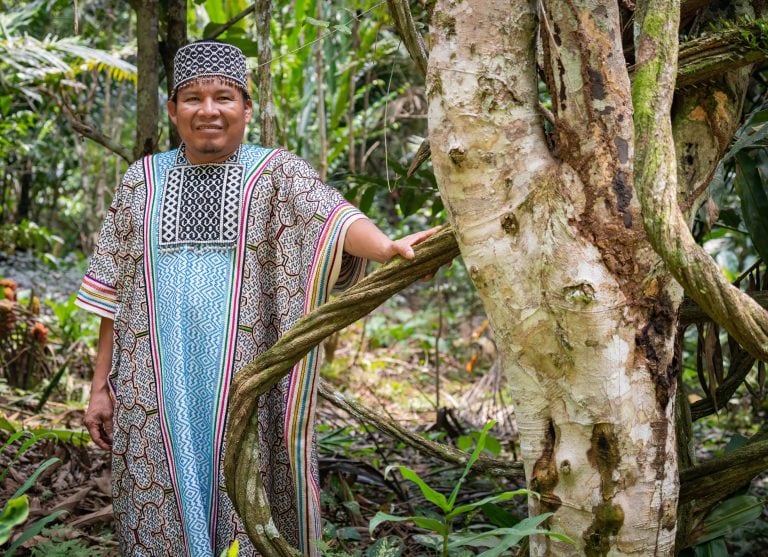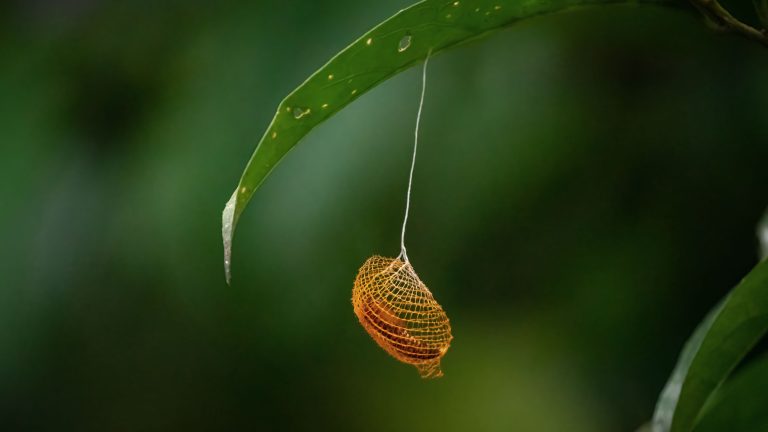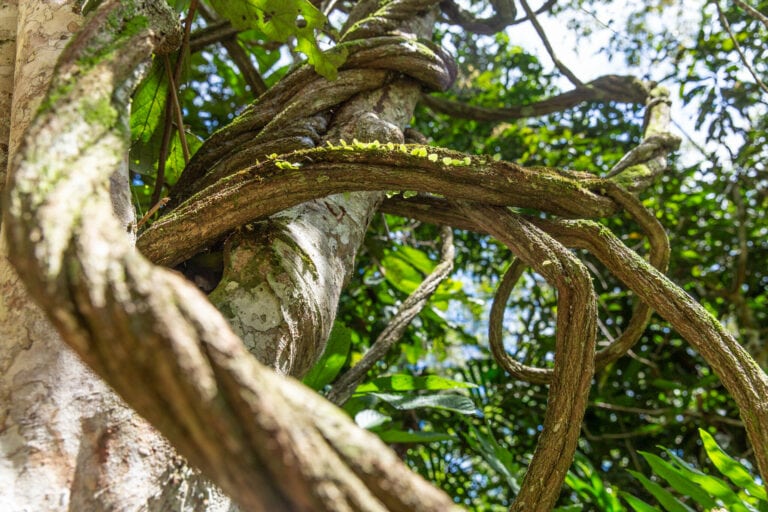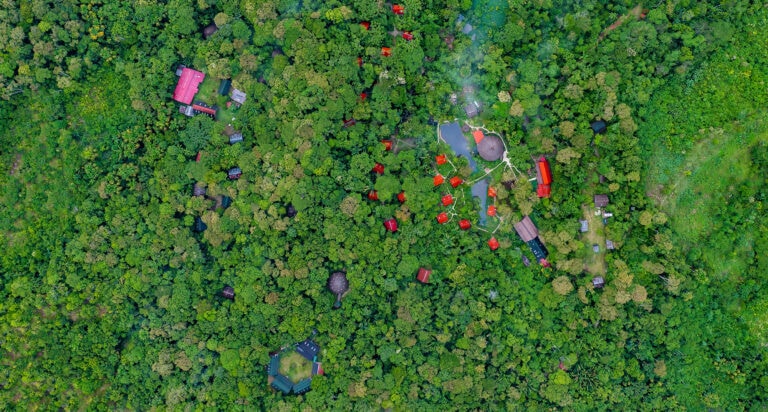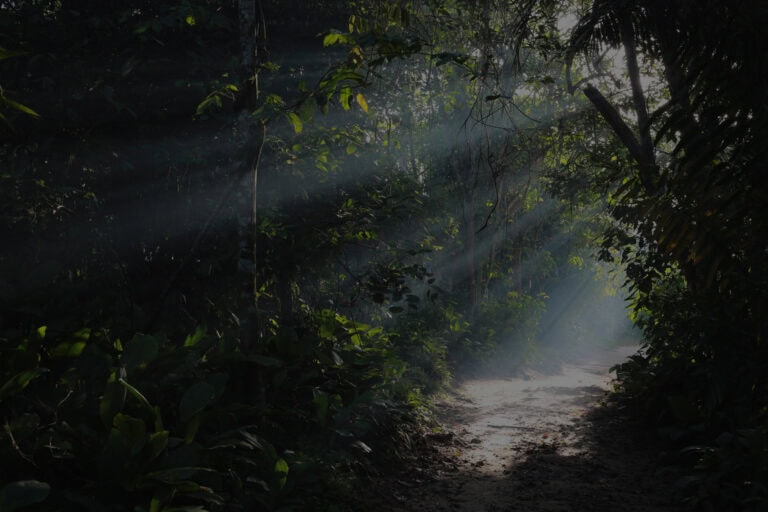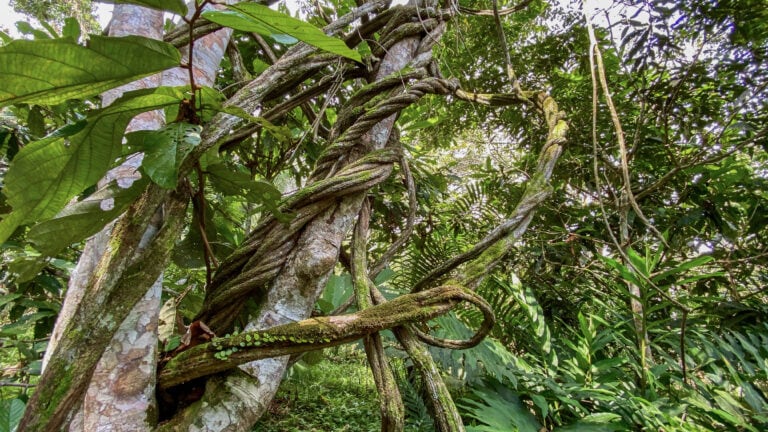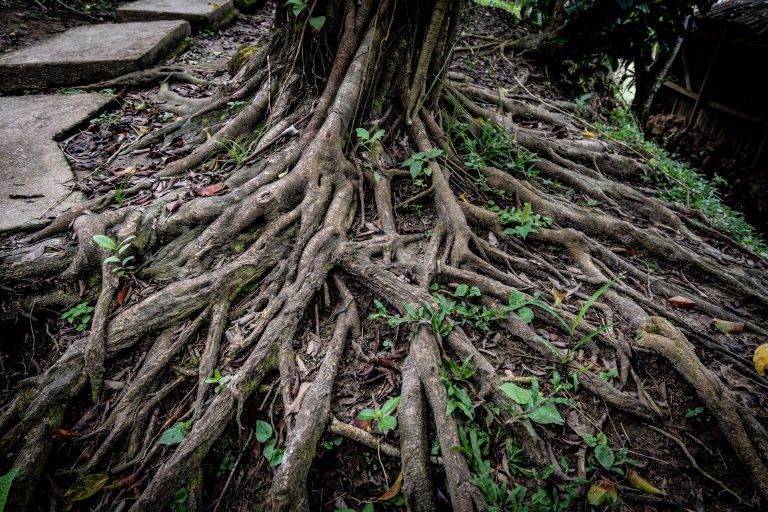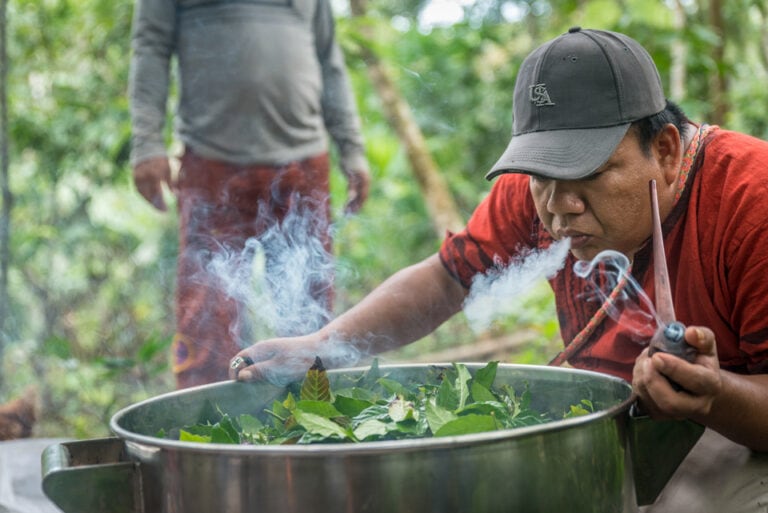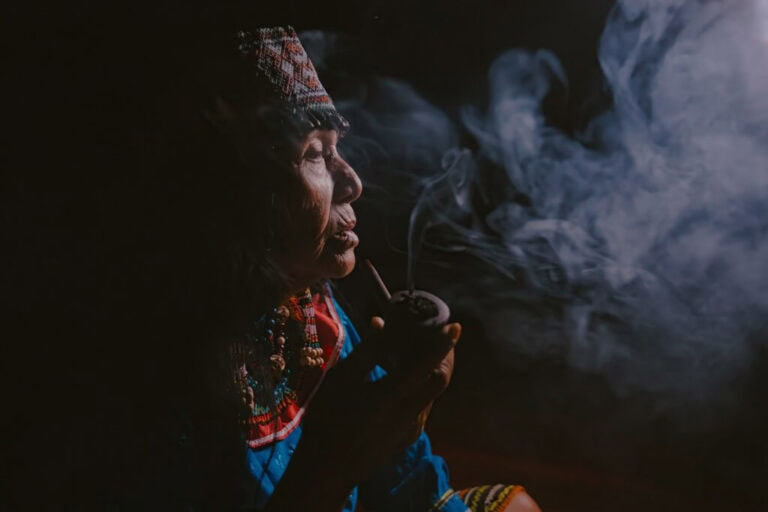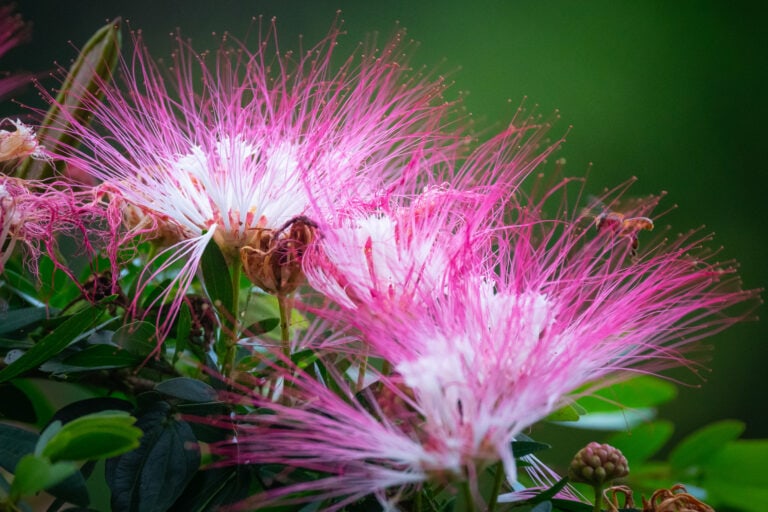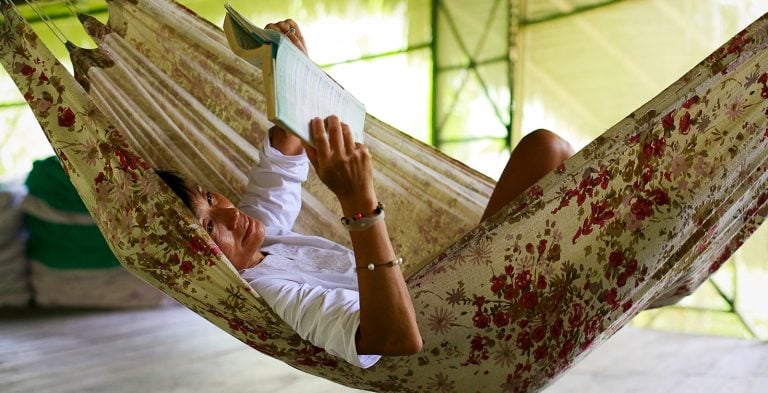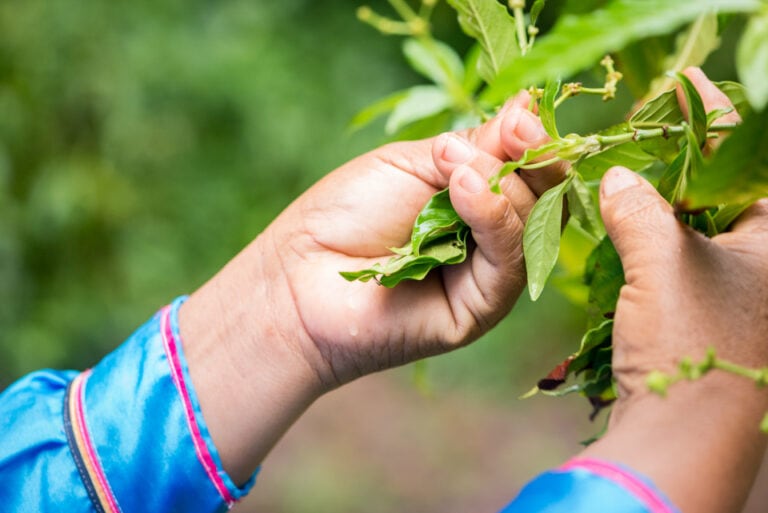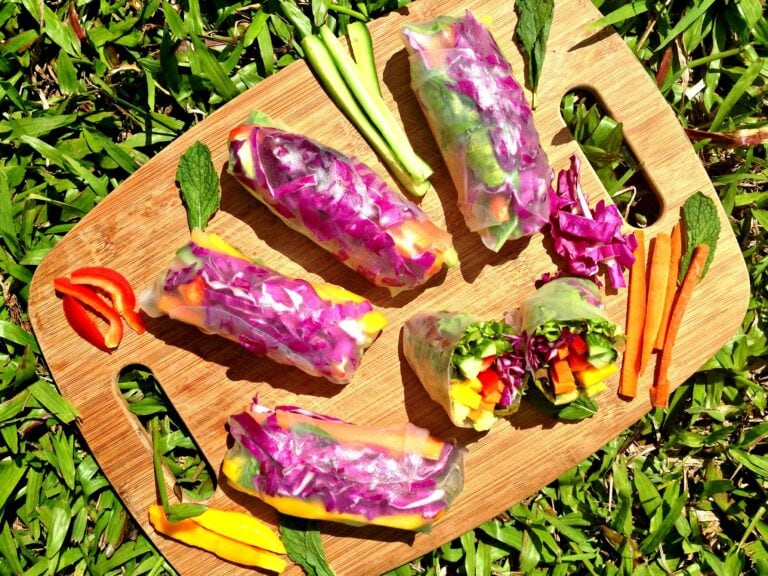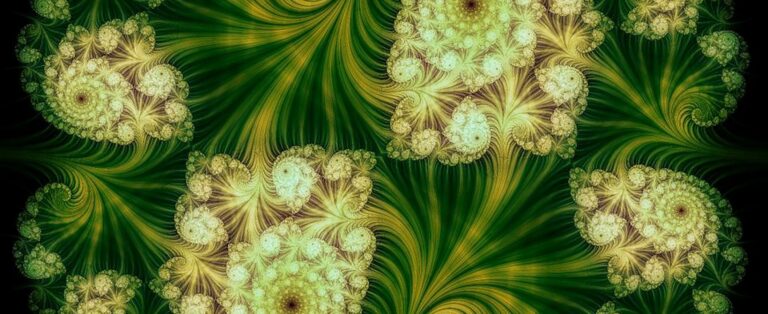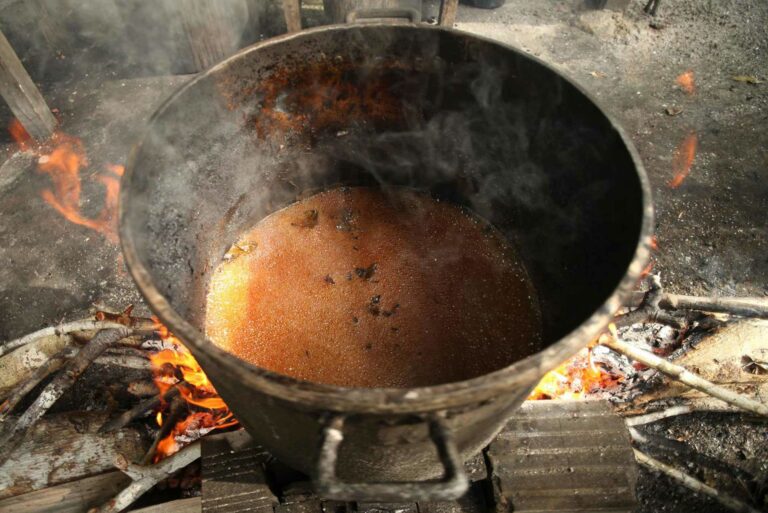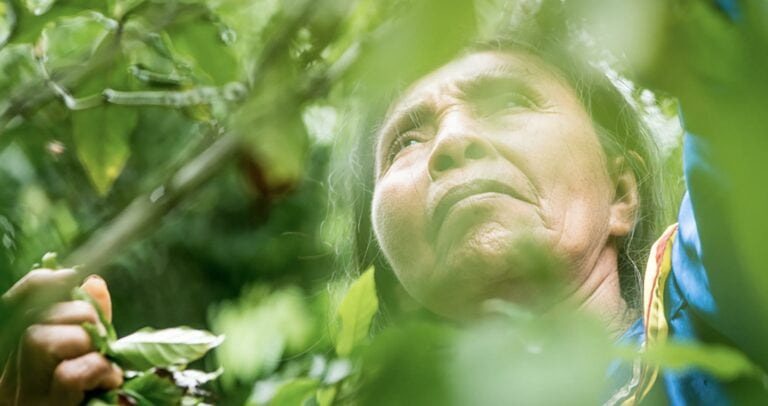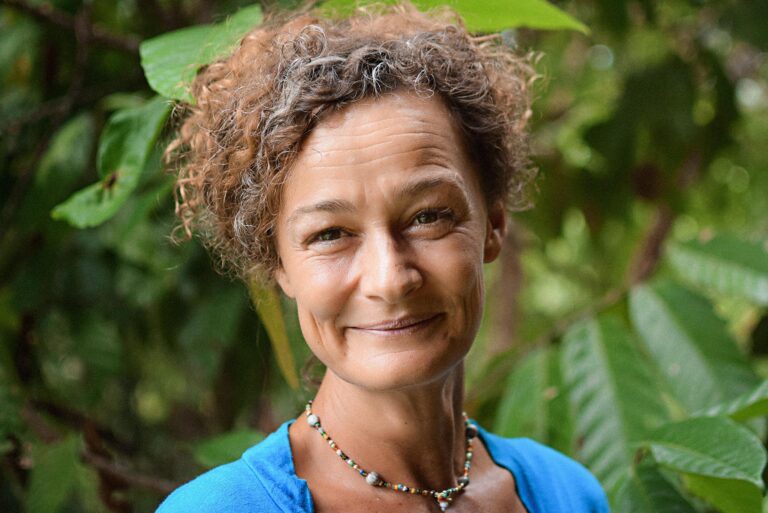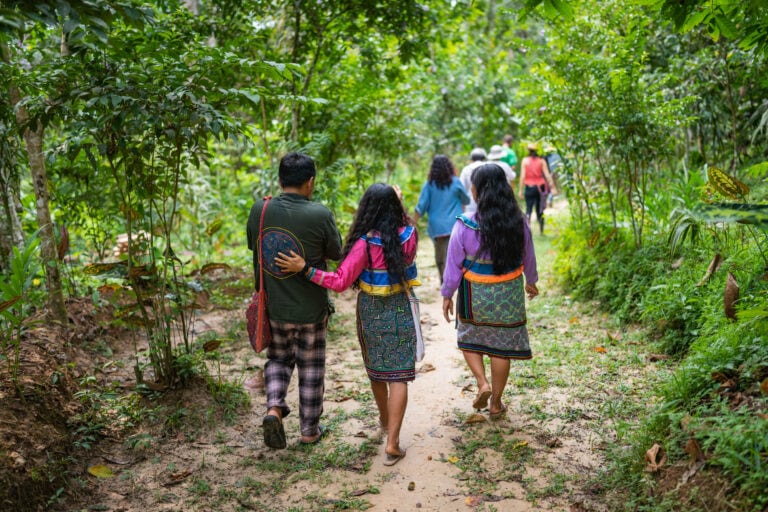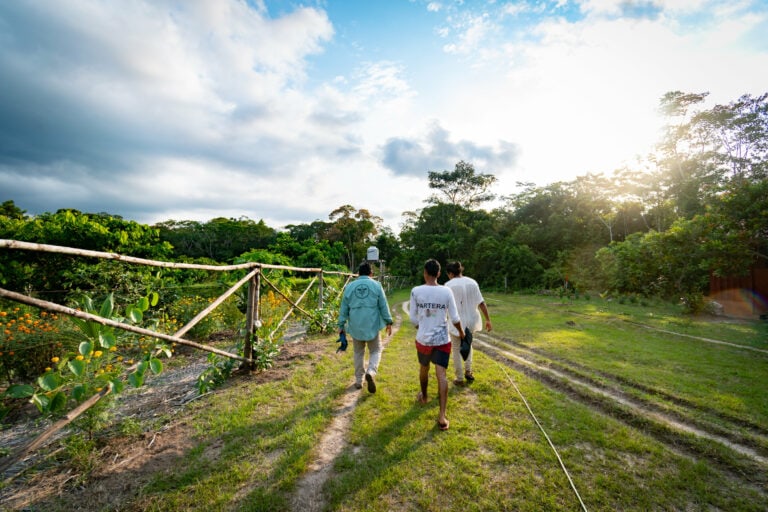At the Temple, our priority for each ayahuasca ceremony is to provide a secure, sacred space for you to heal and grow. Our carefully selected healers are experts in holding ceremonies according to the traditional practices of the Amazon basin, and we adhere to these ancient procedures so that our ceremonies meet the highest standards of safety and the deepest levels of healing.
Our handpicked team of experienced facilitators will be your bridge to the healers and a constant presence both in and out of each ayahuasca ceremony, providing support and gentle encouragement to connect with your own inner power and wisdom. Ayahuasca activates an innate healing intelligence that brings to the surface images, memories, feelings, emotions and experiences in order for the individual to work through trauma, imbalance and dysfunction. Shadow material will emerge from the deep subconscious/unconscious and knowing how to, or how not to, face this material is one of the keys to healing and lasting transformation. Skilled facilitators are able to gently encourage guests to not shrink from difficult experiences but to face, witness or explore them.
The healers and facilitators will give an in-depth ayahuasca talk before your first ayahuasca ceremony, clearly explaining the work with the medicine, how to get the most from your experience, insight into the world of traditional Amazonian plant medicine and a background on our team of healers and the Shipibo tradition. This offers you a firm base of understanding for your healing journey with the medicine.
The ayahuasca ceremony space itself will be held by our team of healers and their ikaros (healing songs from the plants), the facilitators and an assistant who helps guests to and from the toilets if necessary. Together, they form a highly experienced team who are able to meet any of your needs in ayahuasca ceremony with skill and compassion.
Preparing Your Body and Mind for an Ayahuasca Ceremony
Ayahuasca Ceremony will start in the maloka at 8pm, when the healers begin to serve the medicine. We encourage you to take time before the ceremony, and indeed throughout the workshop, to relax, meditate or engage in any personal practice in order to reflect, connect and integrate the work of the medicine. We will be offering a series of meditation and yoga classes before some ceremonies. They are highly recommended as a way to center and focus yourself, as well as to provide you with invaluable tools to navigate your experience with the medicine.
Supervision and Attention at the Ayahuasca Ceremony
Ceremonies for up to a maximum of 23 guests in 9- and 12-day retreats are run by five or six healers working closely with two highly experienced facilitators. In addition, facilitators are assisted by a door sitter (a trained staff member of the Temple who assists guests going to and returning from the toilet) and another assistant stationed outside by the toilet. The door sitter also sleeps in the maloka after a ceremony.
Ceremonies for a maximum of 12 guests in our 1-month Deep Immersion retreats are run by two healers and one facilitator with an assistant outside the maloka to assist guests to the toilet and back.
We also have a security team patrolling the perimeter of the Temple as well as guards posted near malokas. At all times, night and day, we ensure that guests are safe.
Dosage
Participants are served medicine individually in front of a line of maestras, with one maestra always serving the medicine. The dosage is lower in the first ayahuasca ceremony in order for participants to build (or re-establish) a relationship with ayahuasca and for ayahuasca and the healers to connect with the guest to diagnose what work needs to be carried out over the duration of the workshops. We take things slowly with deep respect for the power and strength of the medicine in order to ensure that our guests are not thrown into an experience that is too difficult to handle without any prior contact with ayahuasca.
From the second ayahuasca ceremony, we step up the dosage so that by the third ceremony we are working at the optimum dosage for each guest (there will be slight variations in the dosages subject to our guests’ different sensitivities and metabolisms). The healers then drink and the lights are put out, leaving the maloka in darkness (subject to moonlight). There is then typically a period of 45 minutes until the healers – and generally the participants – begin to feel the effect of the medicine (this effect is called mareacion).
When the healers’ mareacion begins, they slowly enter into the world of the medicine: a fourth-dimensional reality where they are in direct communication with the plant spirits, known as doctors. They start to sing in order to call in the plant spirits as well as to ensure the maloka is protected and cleaned from any negative energy. This is standard practice in every ayahuasca ceremony.

Logistics and Protocol
Shipibo ayahuasca ceremony is always held at night in the maloka. The main maloka at the Temple is a large round building where the healers sit on mattresses in the middle of the room surrounded by a circle of guests sitting on mattresses facing inwards towards the healers throughout the night. There are a few items we suggest bringing to ayahuasca ceremony:
- Flashlight/torch with a red-light setting
- Jacket or jumper and a blanket
- Lighter/matches
- Bottle of water
- Pusanga (the flower water that we give to you)
- Meditation cushion
Their use will be explained in the ayahuasca talk with the healers and facilitators, as will the following important points of protocol that must be adhered to during Ayahuasca ceremony for all guests’ benefit:
- We hold the maloka as a sacred, silent space for the hour leading up to the ceremony and afterwards.
- No visual or audio recording during ceremony.
- Remain inside the protected space of the maloka until the facilitators have announced the close of ceremony.
- No talking, singing or clapping during ceremony.
- No physical contact with other guests during ceremony.
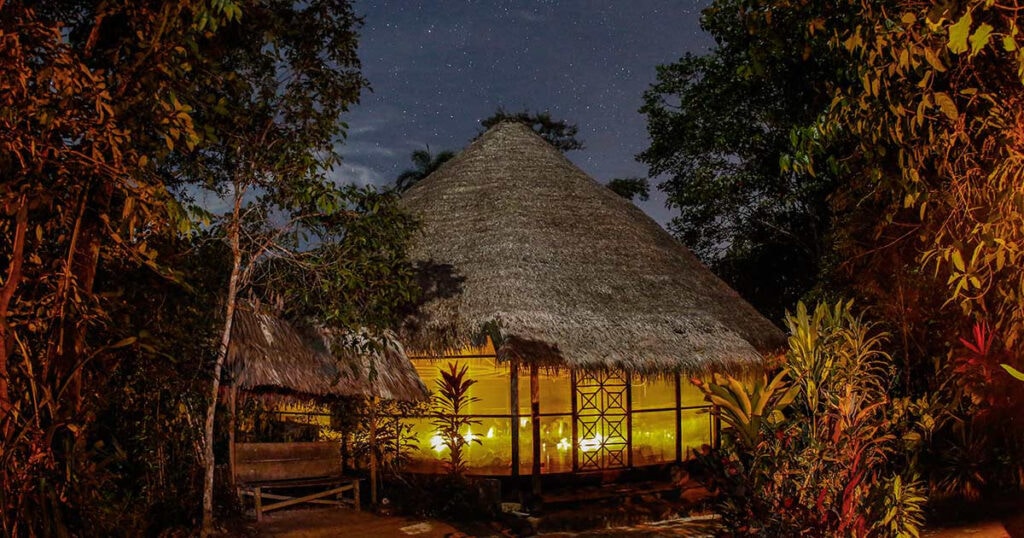
The Work: What to Expect
The maloka can be considered a spiritual hospital where deep healing is carried out during each ayahuasca ceremony. The work is undertaken not just by the healers but by many (up to 40) plant-spirit doctors who are called upon by the healers, including ayahuasca. Ayahuasca shamanism involves a three-way relationship between the healer (curandero), ayahuasca and the plant spirits. Without the plant spirits (and the relationship the healer has built with them), healing cannot reach into the energetic roots of imbalance, trauma, dis-ease and illness.
In Shipibo, a curandero is called an Onanya – one who has knowledge. In order to become a true Onanya, the candidate must apprentice with various plant spirits for about five years. They are filled with energy medicine from the different plants and trees that they diet, building an “energetic pharmacy” that they use in Ayahuasca ceremony. It is extremely arduous training with a graduation rate of around only 20 percent. The Temple’s maestras and maestros have all passed these tests and it is their genuine training and experience – along with their good intentions – that is perhaps the most important aspect of providing responsible and safe ayahuasca ceremonies.
Once the plant doctors have joined the Ayahuasca ceremony, then each healer – five or six per workshop – will sing the ikaros of various plant spirits to each guest every night. Throughout the ceremony, the healers use the jungle tobacco mapacho as a cleaning agent, as a conduit to transmit the healing energies of the plants and protection against negative energies. They also administer a soplar (blowing the plant-spirit medicine into the patient with tobacco or floral water) and less often, a chupar (sucking out particularly heavy energies from the patient).
When the healers have completed the circle, they return to their mattresses, where they may sing a few more ikaros to close the ceremony. The facilitator will announce when the ceremony is complete – usually from 1am to 2am.
Outside of Ayahuasca Ceremony
Providing a nurturing and friendly atmosphere to support guests throughout their process is essential to helping them begin to integrate and process their experiences. We hold group sharings on certain days after ceremony, as part of a carefully designed daily program that treats your time out of ceremony with equal importance to your work inside of ceremony.
Most of our guests experience an emotional and psychological rollercoaster ride throughout an ayahuasca retreat and our experienced facilitators are on-hand, when necessary, to guide integration during the day following a nighttime ceremony. The healers, who are focused on cleansing, clearing and illuminating participants during the nighttime ceremonies, sometimes also carry out additional healing practices during the day.
